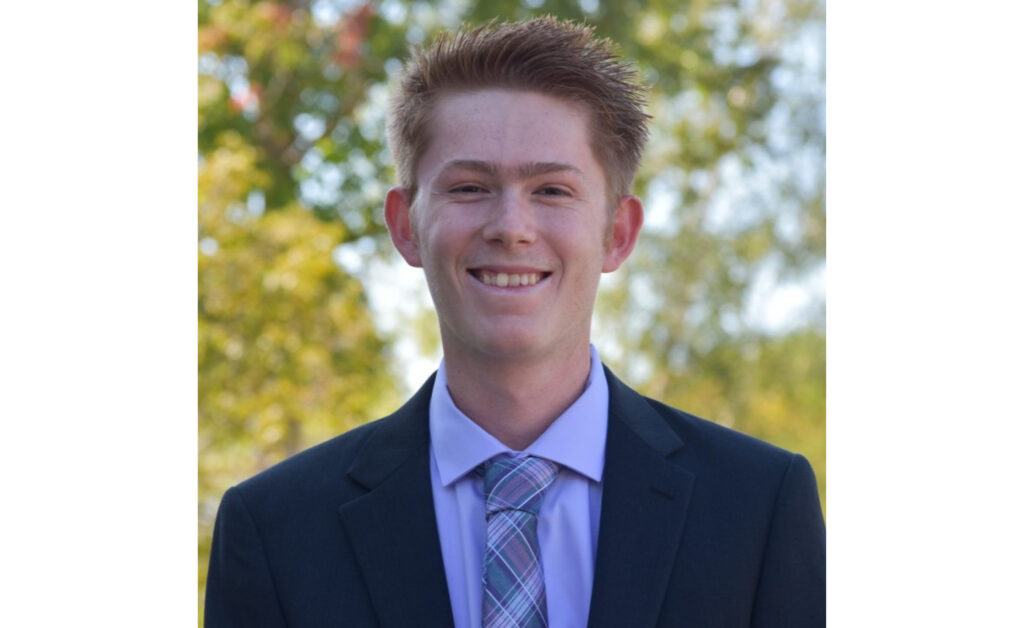– by Valerie Green –
In the 1800s many black slaves escaped to Canada through the “Underground Railroad.” Some free blacks came to Victoria, encouraged by Governor James Douglas who was himself of black heritage.
In 1858, Douglas formed Victoria’s first black constabulary. Racist attitudes, however, still existed north of the border, and the unit disbanded. Another 800 black folk came from San Francisco but faced numerous setbacks including being rejected by the organizing committee of the volunteer Fire Department. They offered their services to a volunteer militia group and by the spring of 1860 approximately 50 black men were enrolled in the Victoria Pioneer Rifle Company – a big step forward. Some black families also settled on Salt Spring Island.
In February 1926, Black History Month was created in the U.S. to honour those early pioneers. Here in Victoria we remember our own black pioneers such as Mifflin Gibbs, John Deas and Charles and Nancy Alexander.
Mifflin Gibbs, born in Philadelphia, was the son of a Wesleyan Methodist Minister who died when Mifflin was only eight. He went to work as a carpenter’s apprentice and in 1839 joined an African American literary society working with the Underground Railroad. He was later invited by abolitionist Frederick Douglass to go on a lecture tour of New York State, after which he left for the California goldfields, arriving in San Francisco in 1850. He worked as a carpenter and boot-black in partnership with Peter Lester. A few members of the black community, including Gibbs, then decided to immigrate to Victoria where he became a property owner. He was elected to Victoria city council in 1866 serving two terms. Gibbs later returned to the U.S. and went into law. In 1897 he was appointed American consul to Madagascar. He died a very wealthy man in 1915 in Little Rock, Arkansas.
John Deas, born in 1838 in South Carolina, earned his living as a tinsmith. He moved to Victoria around 1862. By 1868, he was an established tinsmith and hardware dealer. Although constantly scorned because of the colour of his skin, he continued to buy up property and in 1871 started making salmon cans for Captain Edward Stamp. After Stamp’s death, Deas continued to can salmon himself on what is today known as Deas Island. In his early years of operation, he owned one of the largest canning businesses on the Fraser. Eventually he moved to Portland, Oregon.
Charles and Nancy Alexander were Free Blacks born in Missouri who travelled west to the goldfields of California in 1855. Having little success in the goldfields, Charles and his family moved to Victoria which was then a tent city. Charles was more successful searching for gold on the Fraser and in 1861 the Alexanders moved to South Saanich and farmed there for 33 years, helping to build the first school there and the Shady Creek Church where Charles was one of the first preachers. In 1894, the Alexanders moved to the Swan Lake district and Nancy was one of the first ladies to join Lake Hill Women’s Institute. She died in 1912 and Charles in 1913.
The African & Caribbean Cultural Society is holding a Black History Month celebration on February 27th at 6:30 p.m. at the Cedar Hill Recreation Centre. Everyone is welcome.
Valerie Green is an author/historian and can be reached at valgee@shaw.ca.




